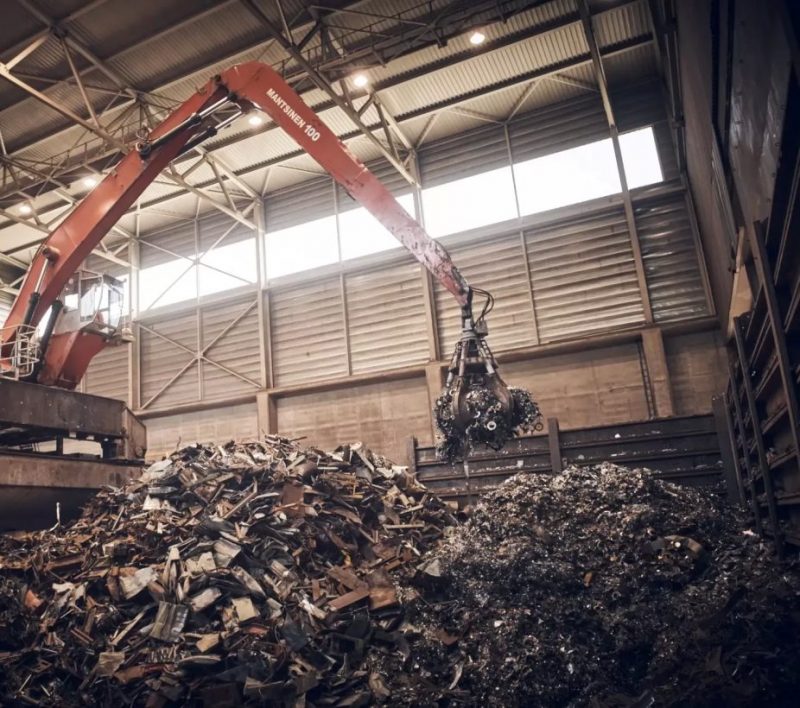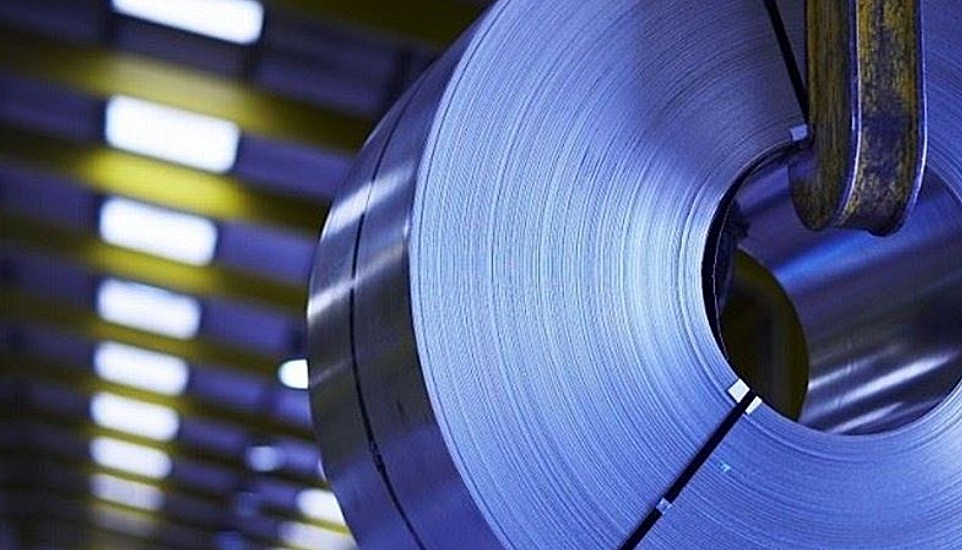
In a significant market shift, recycled steel prices have surpassed the $500 per ton mark, marking an upward trend for steel recyclers in early 2025. After a slow 2024, where price hikes were few and far between, the first three months of this year have seen substantial gains, particularly in the United States. According to the latest figures from the Raw Material Data Aggregation Service (RMDAS), a division of Pittsburgh-based MSA Inc., prices have risen across multiple regions, with some areas seeing more significant increases than others.
Price Increases Across U.S. Regions
Between February 21 and March 20, steel prices in the RMDAS North Midwest region saw an increase of $23 to $35 per ton. This region, which includes Illinois, Iowa, Kansas, Minnesota, Nebraska, Wisconsin, the Dakotas, and Indiana, reported an average price of $501 per ton for the RMDAS prompt industrial composite grade. This grade consists of high-quality scrap materials like No. 1 busheling and factory bundles.
The RMDAS North Central/East region also experienced notable price increases, ranging from $23 to $29 per ton. This area, stretching from New England to Michigan, saw higher prices for benchmark grades, such as No. 2 shredded scrap and No. 1 heavy melting steel. These prices moved up more rapidly in the northern regions compared to the RMDAS South region, which includes the Gulf Coast and western Virginia.
Impact of Tariffs on U.S. Steel Scrap Imports
The increase in prices has also been influenced by tariff-related developments. Mills and traders in the U.S. were preparing to face a 25 percent tariff on scrap imports from Canada and Mexico. This tariff went into effect on March 4, but was temporarily paused two days later for one month. The suspension applied to imports deemed compliant with the United States-Mexico-Canada Agreement (USMCA), which covers metals for recycling.
Historically, Canadian ferrous scrap has had duty-free access to U.S. mills, and it remains uncertain how the new tariffs will impact trade between the two nations. From 2020 to 2023, the U.S. Census Bureau reports that 71 percent of U.S. ferrous scrap imports came from Canada, while only 12 percent came from Mexico.
Looking Ahead: The Future of Recycled Steel Pricing
The question remains whether the market will continue to differentiate along regional lines due to the tariff and import restrictions. In recent years, the RMDAS South region saw higher per-ton prices compared to other U.S. regions, but this trend has shifted in early 2025. Steel industry observers will be watching to see if the northern U.S. regions maintain their upward price trajectory, or if tariff influences create new market dynamics in the coming months.











Leave a Reply
You must be logged in to post a comment.